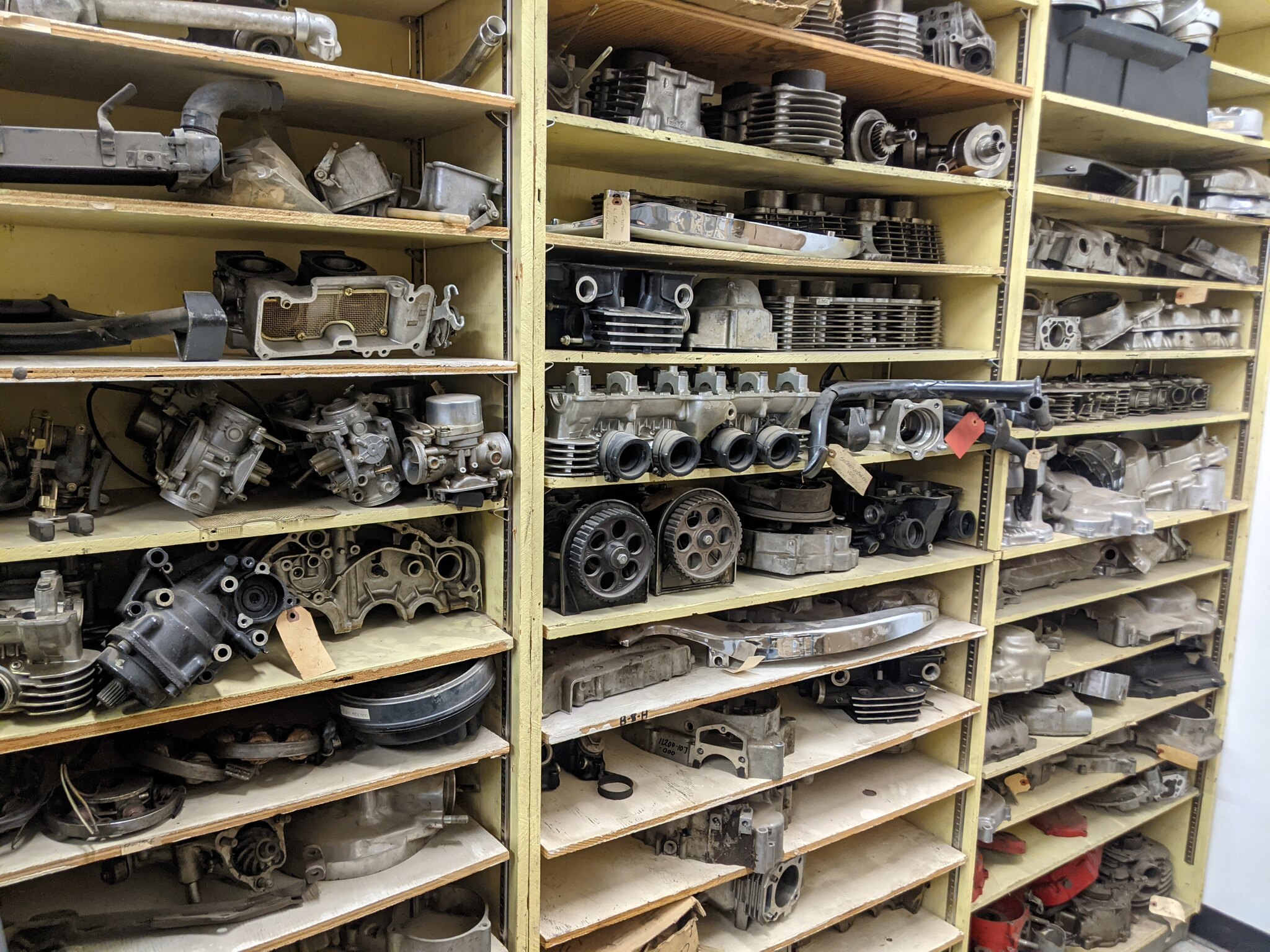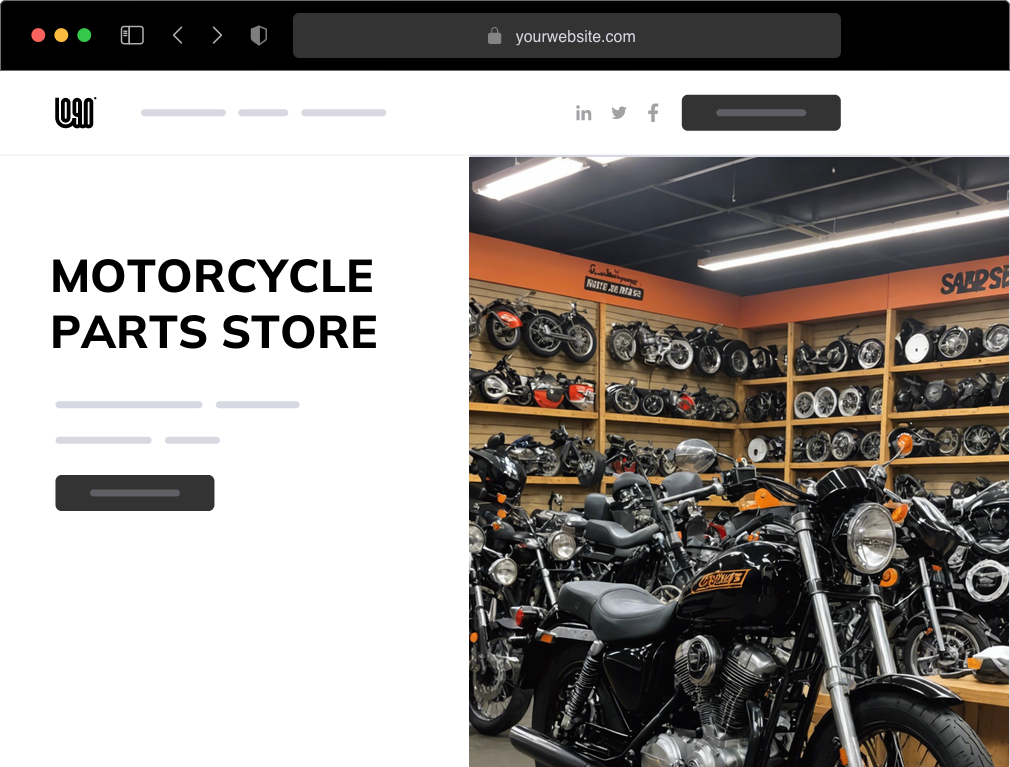Release Performance with Premium Motox Parts NZ Available Below
Release Performance with Premium Motox Parts NZ Available Below
Blog Article
Understanding Motorbike Gears: Exactly How to Maximize Your Riding Experience
In the world of motorcycling, mastering the art of equipment manipulation is crucial for improving your riding performance. Effectively using and recognizing motorbike equipments can considerably influence acceleration, gas, and control effectiveness, changing an ordinary adventure into a seamless, electrifying trip. By incorporating exact shift timing and adapting gear option to numerous road problems, bikers can guarantee optimum engine efficiency and security. The subtleties of clutch control, throttle coordination, and equipment technicians beckon a deeper exploration, promising to open the complete potential of your equipment. How can these strategies be used to really optimize your riding experience?
Recognizing Gear Mechanics
How do the ins and outs of gear mechanics affect motorbike efficiency? At the core of motorcycle dynamics, equipment auto mechanics play a pivotal duty in transforming engine power into activity, eventually determining speed and control. Gears, carefully crafted elements, allow riders to maximize torque and rate, guaranteeing a seamless change through various surfaces and speeds. The equipment proportions, carefully made, establish the connection between engine revolutions and wheel turns, affecting acceleration and fuel efficiency.
Understanding equipment mechanics begins with acknowledging the significance of the transmission, which houses numerous equipments of differing dimensions. These gears interact through a process understood as meshing, where teeth of various equipments involve to send power.
Additionally, the idea of equipment shifting is integral to making the most of efficiency. Smooth and prompt shifts make certain that the engine runs within its optimal power band, protecting against unneeded stress and enhancing long life (motocross gear nz). By comprehending these mechanical intricacies, bikers can attain an unified blend of control, performance, and power, elevating their riding experience
Timing Your Shifts
Change timing proficiency is vital for enhancing motorbike efficiency and boosting the riding experience. Properly timed shifts make sure that the engine runs within its optimum power band, which is essential for preserving control, attaining smooth acceleration, and guaranteeing the durability of the motorcycle. Riders must establish an intuitive sense of when to shift gears, which includes recognizing the partnership in between engine changes per min (RPM) and speed.
To master change timing, pay very close attention to the engine's sound and feel, as these give important hints concerning when to change equipments. When the engine comes close to the upper range of its power band without getting to the redline, the perfect shift point commonly occurs - motocross parts nz. Shifting prematurely can bring about a lack of power, while shifting as well late may create unneeded engine pressure
Furthermore, roadway problems and riding style influence change timing. In urban setups, smoother and a lot more constant changes may be needed to navigate web traffic effectively. On the other hand, during freeway riding, fewer changes at greater rates can be more proper. Exercising in varied environments will enhance your capacity to time shifts precisely, ultimately raising your riding experience to a professional level.
Enhancing Fuel Effectiveness
While understanding bike gears is crucial for efficiency, boosting fuel performance is equally essential for both economic and ecological reasons. Optimal fuel usage not just lowers functional expenses yet also reduces the ecological footprint of riding. To attain this, one must understand the complex relationship in between equipment choice and engine efficiency.
Riding in a greater gear at lower rates can lead to engine lugging, which is damaging to both fuel economic climate and engine health and wellness. Conversely, riding in lower equipments at high rates results in unneeded fuel intake.
Additionally, regular upkeep plays an essential duty in gas performance. Making sure that the motorcycle is well-tuned, with tidy air filters and appropriately blew up tires, can reduce and boost the rules of aerodynamics gas waste. Moreover, adopting a riding style that welcomes steady velocity and smooth slowdown can add to better fuel economic situation.

Methods for Smooth Transitions
Attaining smooth equipment changes is essential to improving the riding experience and making certain the long life of a motorbike's transmission system. Appropriate gear shifting not just adds to a seamless trip yet also minimizes wear and tear on the mechanical elements. To understand the art of smooth transitions, cyclists have to focus on a few key strategies.

Secondly, clutch control plays a crucial duty. Involving and disengaging the clutch smoothly requires practice. The clutch bar need to be launched gradually, enabling a smooth transfer of power from the engine to the wheels without triggering a jolt or abrupt motion.

Adapting to Road Conditions
Navigating varied roadway conditions is a crucial skill for any kind of motorcyclist intending to maintain control and security. Whether you're riding on damp surfaces, crushed rock roadways, or browsing sharp turns, your ability to adjust your equipment use and riding technique is paramount. Recognizing exactly how to readjust your gears appropriately can substantially influence grip and security, making sure a much safer trip.
On damp roadways, it is a good idea to keep higher gears to minimize torque and lessen wheel spin. This approach helps preserve grip on unsafe surface areas, enabling smoother acceleration and slowdown. On the other hand, when riding on crushed rock or unequal terrain, lower gears are more effective. Lower gears offer far better control and permit you to respond more quickly to unanticipated modifications in the road surface.
Sharp curves demand specific equipment administration to balance speed and control. Downshifting before going into my company a curve can aid keep momentum while ensuring the motorcycle remains secure throughout the turn. Consistent technique in different conditions boosts your capacity to respond and forecast to changes in roadway structure and slope.
Verdict
Mastering motorcycle gears significantly enhances the riding experience by improving acceleration, gas, and control effectiveness. A thorough site link understanding of equipment auto mechanics and accurate change timing makes certain the engine operates within its optimal power band, while smooth changes with reliable clutch and throttle coordination increase convenience and efficiency. Adjusting equipment choice to various roadway conditions, such as utilizing higher gears on wet surface areas and reduced equipments on crushed rock, additional boosts handling and safety. Eventually, these skills elevate the overall journey.
Recognizing gear technicians starts with acknowledging the significance of the transmission, which houses several gears of differing sizes. These pop over here gears connect through a procedure recognized as meshing, where teeth of different equipments involve to transfer power (motorcycle parts nz). Mild modifications to the throttle during gear changes can prevent jerky motions and keep a consistent riding speed
Whether you're riding on damp surfaces, crushed rock roadways, or navigating sharp turns, your capability to adapt your gear usage and riding strategy is extremely important. Adapting gear option to various roadway problems, such as using greater gears on wet surfaces and reduced equipments on crushed rock, more improves handling and security.
Report this page